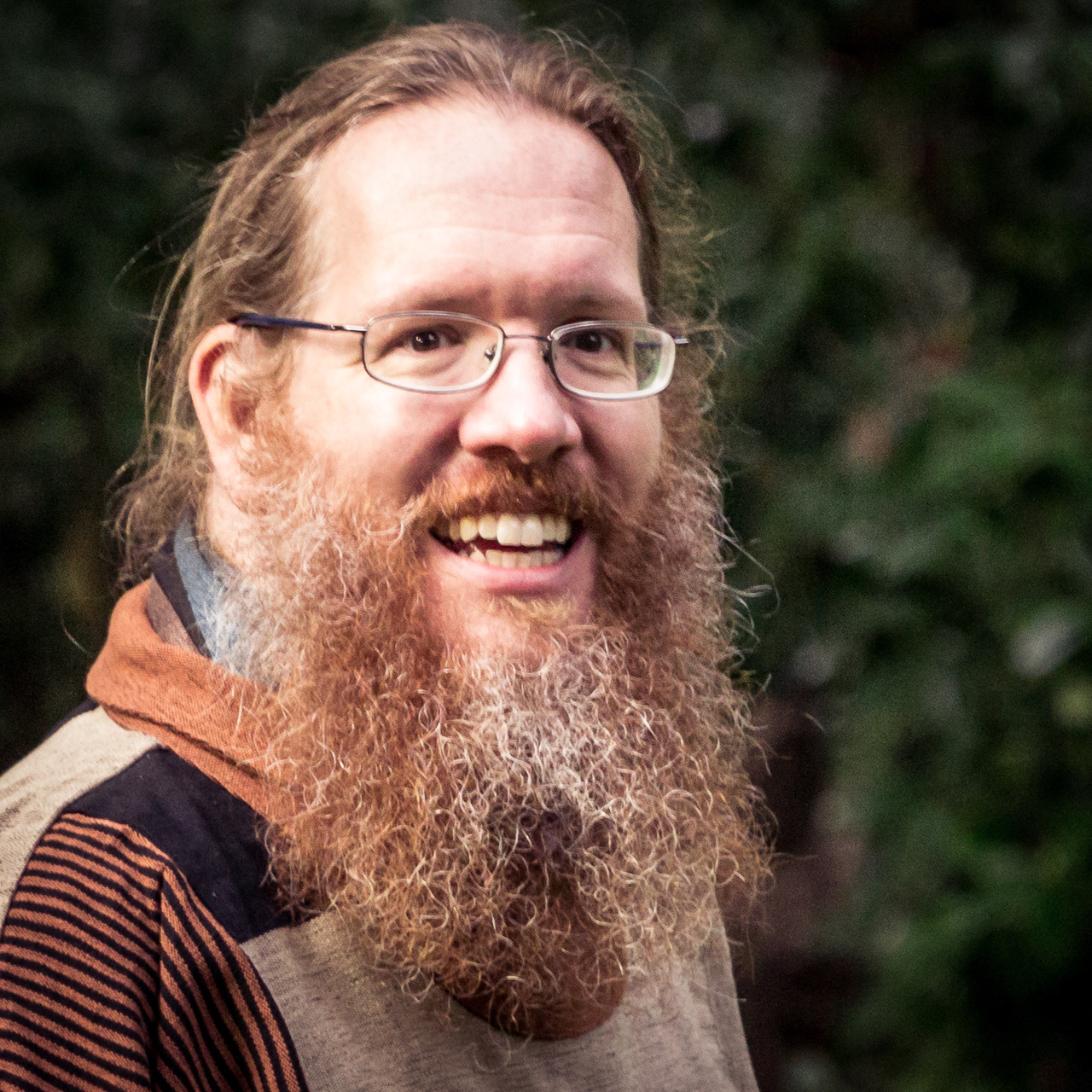Understanding extreme quasar optical variability with CRTS:
II. Changing-state quasars
Graham, M.J., et al., 2019, MNRAS, in press
We present the results of a systematic search for quasars in the Catalina Real-time Transient Survey exhibiting both strong photometric and spectroscopic variability over a decadal baseline. We identify 111 sources with specific patterns of optical and mid-IR photometric behavior and a defined spectroscopic change. These "Changing-State" quasars (CSQs) form a higher luminosity sample to complement existing sets of "Changing-Look" AGN and quasars in the literature...
MORE
Ram-pressure stripping of a kicked Hill sphere: prompt EM
emission from the merger of stellar mass black holes in an AGN
accretion disk
McKernan, B., et al., 2019, ApJ, 884, L50
Accretion disks around supermassive black holes (SMBHs) are promising sites for stellar mass black hole (BH) mergers due to mass segregation and merger acceleration by disk gas torques. Here we show that a gravitational-wave (GW) kick at BH merger causes ram-pressure stripping of gas within the BH Hill sphere....
MORE
The Zwicky Transient Facility: Science Objectives
Graham, M.J., et al., 2019, PASP, 131, 078001
The Zwicky Transient Facility (ZTF), a public-private enterprise, is a new time-domain survey employing a dedicated camera on the Palomar 48-inch Schmidt telescope with a 47 deg2 field of view and an 8 second readout time. It is well positioned in the development of time-domain astronomy, offering operations at 10% of the scale and style of the Large Synoptic Survey Telescope (LSST) with a single 1-m class survey telescope. The public surveys will cover the observable northern sky every three nights in g and r filters and the visible Galactic plane every night in g and r. Alerts generated by these surveys are sent in real time to brokers...
MORE

